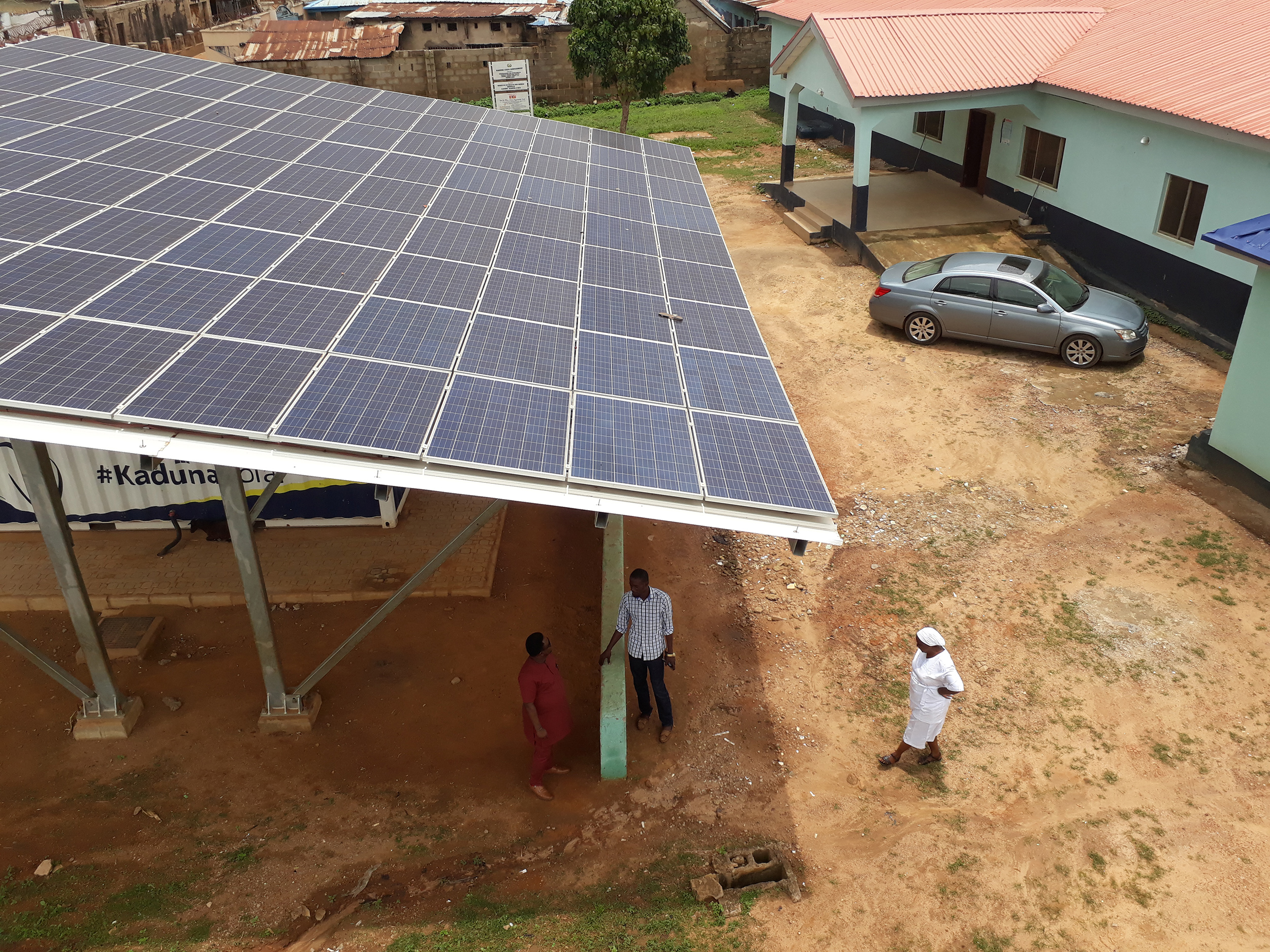Project
Driving universal energy access by improving mini-grid procurement /

Project aims
- Working with mini-grid developers across Sub-Saharan Africa to identify opportunities to aggregate demand for mini-grid components in order to achieve better component prices and reduce capital expenditure for future mini-grids.
- The design of this study is based on the hypothesis that bulk procurement based on aggregated demand can decrease capital expenditure for mini-grids by 7%.
Background
Consensus is growing that mini-grids are a key component of developing country ambitions to achieve universal access to energy for their citizens.
The World Bank’s Energy Sector Management Assistance Program (ESMAP, 2019) estimates that over half of the 804 million people living off-grid, can be served effectively by mini-grids1.
Significant new funding is coming online to support the development of new mini-grids, but work remains to improve the economics and developers will have to scale their operations dramatically to achieve the numbers of mini-grids envisioned by planners. For example, in Nigeria, one of largest mini-grid markets in Africa, the World Bank / Rural Electrification Agency’s (REA) Nigeria Electrification Project (NEP) is designed to lay the groundwork for the development of a total of 10,000 mini-grids by 2023 in line with the REA’s Off-grid Electrification Strategy. The World Bank has allocated USD$150 million to fund Component 1 and it is expected that an additional USD$180 million will be raised from the private sector to meet the total expected cost for the component of USD$330 million.
Attracting this level of private finance and achieving the target mini-grid construction timelines will require a streamlined approach to planning, procurement and construction. As part of this effort, Crown Agents has been engaged by CrossBoundary Innovation Labs to conduct a bulk procurement study as part of the Lab’s mission to improve mini-grid economics.
Our approach
- Collecting data on current pricing arrangements from multiple mini-grid developers in four countries.
- Identification of opportunities for aggregation of demand for bulk procurement of component.
- Engagement with component suppliers and developers to develop commercial terms which would allow developers to access better pricing based on bulk procurement.